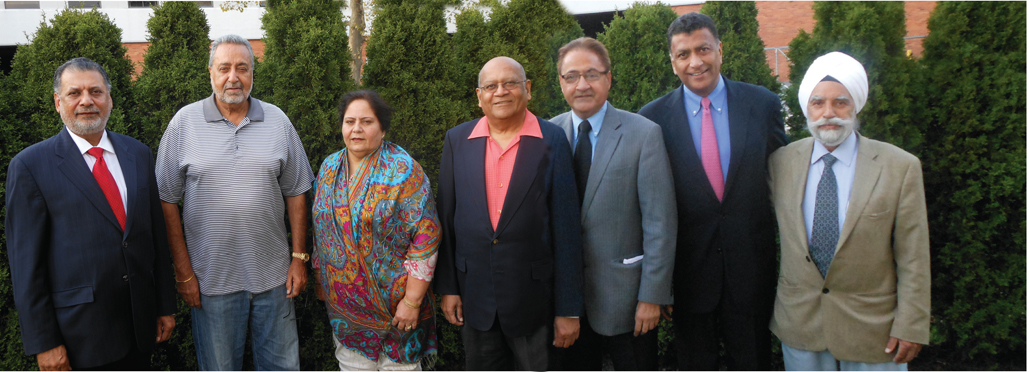
Pacing the room while on your cell can protect you from Metabolic Syndrome & heart disease Not just a group of American researchers, Mumbai’s doctors too are in the mood to junk your fancy gym membership. Short bouts of physical activity that add up to 30 minutes a day are just as effective as half hour on the treadmill to keep blood pressure and cholesterol in check, and prevent Metabolic Syndrome (MS). MS is a complex web of metabolic factors associated with a two-fold risk of cardiovascular disease (CVD) and five-fold risk of diabetes. Epidemiologists have been waving the red flag for CVD, estimating that by 2020 it will be the largest cause of disability and death in India. The sedentary lifestyle and junk eating habits of Mumbaikars makes them a favourite of MS. In a survey of 560 subjects conducted by PD Hinduja National Hospital & Medical Research Centre last year, a high incidence of MS, especially among 41-60 age group (double in males as compared to females) was discovered.
Experts now advocate the ‘movement lifestyle’ approach over the ‘structured exercise’ one, encouraging people to meet the 30-minute aerobic exercise a day guideline by cycling or walking to the supermarket instead of driving, doing bicep curls while watching TV or pacing the room during a phone conversation. The study conducted by Dr Paul Loprinzi and Brad Cardinal in Oregon revealed that subjects belonging to the ‘short bouts’ exercise group showed positive results in areas of BP, cholesterol, MS, and waist circumference. Dr Shashank Joshi, endocrinologist at Lilavati Hospital and president, Indian Academy of Diabetes, says the study confirms the findings of similar research conducted earlier among Mumbaikars. “We discovered that Mumbaikars had no time to exercise or walk. So we suggested that Non-Exercise Activity Thermogenesis (NEAT) — the energy spent through daily activities — be tapped to keep you fit,” he explains, adding that NEAT is more relevant than ever when desk jobs are the norm and leisure time is defined by long hours of TV viewing or Internet surfing. Nature, say doctors, designed human beings to walk. In the last 200 years, we seem to have grown habituated to sitting.
Walking more, and moving around is a ‘natural’ way to exercise. Rather than not exercise at all, movement-based physical activity is a realistic option for most urban Indians. Dr Anoop Misra, Chairman of Fortis-C-DOC Centre of Excellence for Diabetes, Metabolic Diseases and Endocrinology, feels the Oregon State University research is interesting for those who may not have a consolidated 45 minutes free to workout but can take out 10 minutes four times a day. If you can, choose the desk farthest from the printer and loo. At home, try skipping rope or on-the-spot jogging (during a TV commercial break), hand flaps (anytime, anywhere), exercising with small weights (1- 2 kg) for five minutes (while perusing news on the laptop). Sitting before a TV for four hours burns 50 kcal. Instead, if you were to groom your terrace garden or turn out all the cupboards, the energy expenditure would be 100-150 kcal/hour (adding up to 500-600 kcal over the evening). Building movement into the day also helps develop core strength, says Dr Misra. “Regular aerobic, musclestrengthening and bonestrengthening physical activity of a moderatelyintense level, like brisk walking, can slow the loss of bone density associated with age, and reduce the risk of falling.”





Be the first to comment